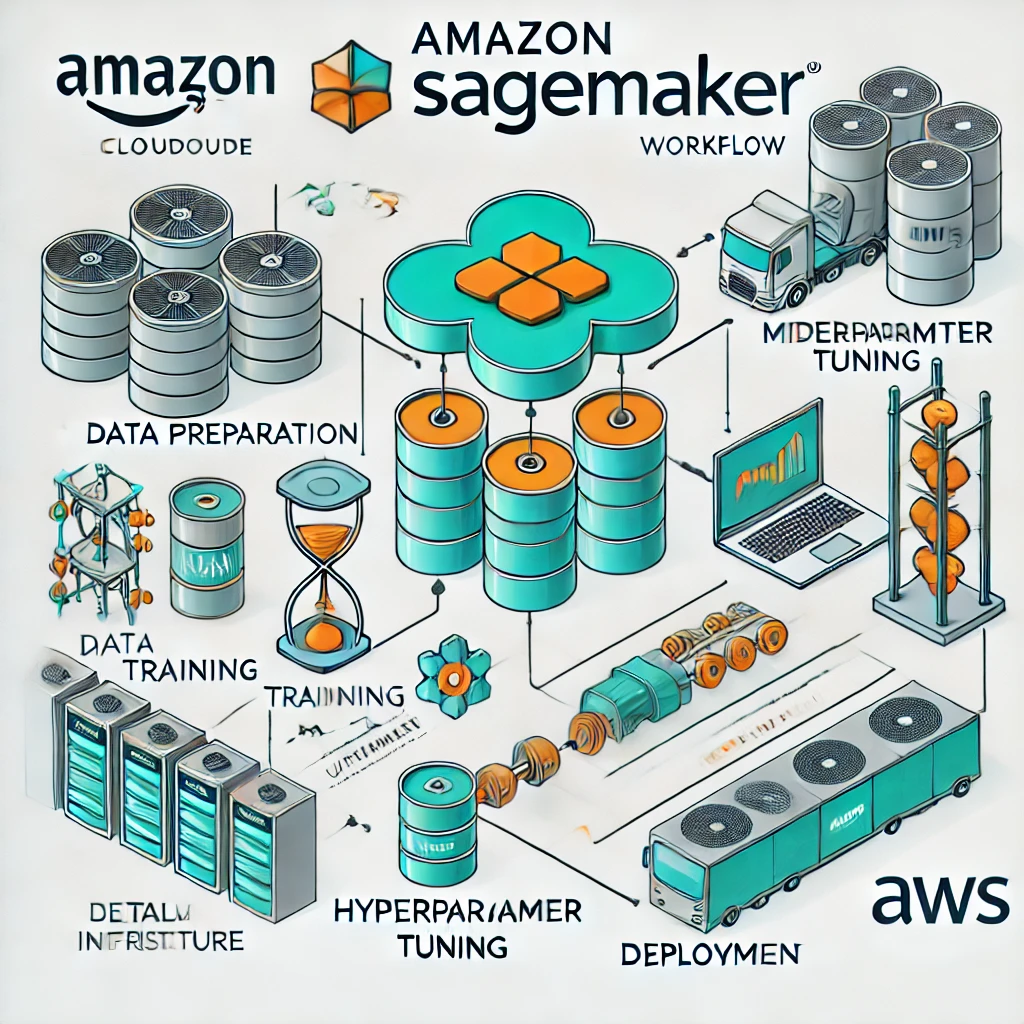Embracing Transformation

In today’s fast-paced and competitive world, businesses must evolve to stay ahead. There is a profound difference between organizations that focus solely on production or engineering and those that embrace a market- and service-oriented mindset. To truly thrive, companies must find the perfect balance—leveraging their technical strengths while transforming into customer-focused enterprises. This journey is not just about survival; it’s about unlocking new opportunities, creating value, and building a legacy of excellence.
The foundation of this transformation lies in culture. Every employee, no matter their role—whether they are engineers, accountants, or supervisors—must see themselves as more than just specialists. They are ambassadors of the company’s mission and representatives of its commitment to serving customers. When a customer reaches out with a request, whether it’s a change in production schedules, a technical adjustment, or the resolution of an issue, it should be seen as an opportunity to shine—not as a burden. Every interaction is a chance to build trust, deepen relationships, and demonstrate the company’s dedication to excellence.
Leadership plays a pivotal role in this evolution. True leaders are not just experts in their fields; they are visionaries who understand the bigger picture. They see beyond the technical details and embrace the complexities of business strategy, market dynamics, and customer needs. If they lack these skills, they must have the courage to grow—to seek training, mentorship, or self-development. Leadership is not about maintaining the status quo; it is about inspiring change, driving progress, and empowering teams to reach new heights.
To achieve this transformation, companies must also invest in their people. Business decisions cannot be made in isolation or based on intuition alone; they require informed judgment and deep understanding. Teams must be equipped with the knowledge to navigate economic considerations such as costs, capacity utilization, and profitability. This isn’t just about numbers—it’s about fostering a mindset where every team member sees how their work contributes to the company’s success. When employees understand the "why" behind decisions, they become more engaged, more innovative, and more committed to delivering results.
At the heart of any successful organization is its ability to innovate and remain self-reliant. Technology is not just a tool; it is the soul of many industries. Companies that rely too heavily on external sources for innovation risk losing their independence and adaptability. The path forward requires resilience—a steadfast commitment to developing internal capabilities and resisting short-term temptations that could compromise long-term goals. True innovation comes from within, fueled by curiosity, creativity, and an unwavering belief in what’s possible.
The role of leadership extends far beyond execution. A CEO is not merely an “executive director” but the bridge between the external world and the internal organization. They must bring insights from global trends, customer needs, and competitive landscapes into the company while mobilizing resources to seize opportunities and overcome challenges. A great CEO is both a strategist and an executor—a visionary who turns ideas into reality while inspiring others to do the same.
This transformation isn’t just about processes or strategies—it’s about mindset. Too often, we place excessive value on appearances—on polished presentations—while neglecting substance and critical thinking. True progress comes from asking tough questions, challenging assumptions, and diving deep into problems until solutions emerge. One of the most powerful ways to learn is by teaching others. When you explain something to someone else—whether it’s a colleague or a friend—you uncover gaps in your own understanding. By addressing those gaps, you grow stronger—and so does your organization.
Finally, we must celebrate individuality. Not everyone thrives under traditional expectations like “coming out of their shell.” Just as some creatures carry their shelter with them wherever they go, people have unique strengths that should be embraced rather than forced into conformity. By creating an environment where diversity is valued—where every individual feels empowered to contribute in their own way—we unlock untapped potential and drive collective success.
The road ahead may not be easy—but it is worth it. Transforming from a production-driven organization into one that is customer-focused requires vision, courage, and determination. It demands that we challenge old ways of thinking while staying true to our core values. But with every step forward comes growth—with every challenge overcome comes strength.
This journey isn’t just about adapting to change—it’s about leading it. It’s about becoming more than just a company; it’s about becoming a force for innovation, service, and excellence in everything we do.
The future belongs to those who dare to transform—and by embracing this path with passion and purpose—you can create something extraordinary that lasts for generations to come.



